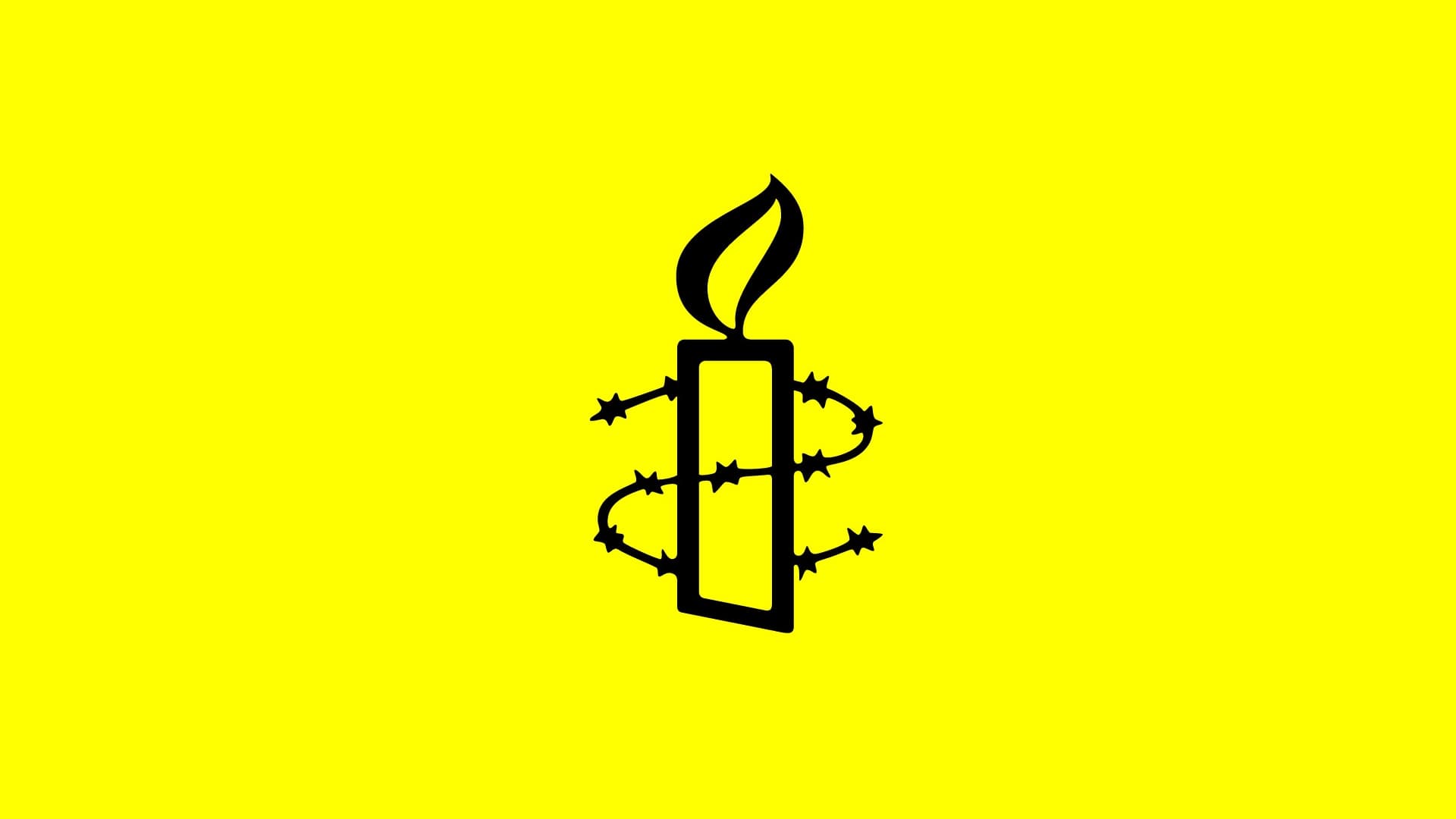As the 2015 Pride season ends, we look at why Pride events are still so important for lesbian, gay, bisexual, transgender and intersex (LGBTI) people and activists across the world.
1. People are still attacked because of their real or perceived sexual orientation and gender identity

Activists at Pride in Kyev, Ukraine, June 2015. © GENYA SAVILOV/AFP/Getty Images
Threats, violence and harassment against LGBTI people happen every day, including during Prides. In a number of countries, events cannot go ahead without a heavy police presence. This year, while 250 people were peacefully demonstrating during Pride in Kyiv, Ukraine, counter-demonstrators violently attacked the parade and left 10 people injured. In many countries, including in Ukraine, crimes perpetrated because of someone’s real or perceived or sexual orientation or gender identity are not prosecuted as hate crimes, and sometimes they’re not investigated at all.
Homophobic and transphobic hate crimes have a devastating impact on LGBTI communities. The fear of being targeted pushes people to hide their identity. When attackers go unpunished it spreads distrust towards the police and the courts. What’s more, these hate crimes are under-reported, which means people don’t get the protection they urgently need.
2. Prides are an opportunity to challenge homophobic and transphobic legislation

Russian riot police detain activist Nikolai Alexeyev during an unauthorized LGBTI rights rally in Moscow, May 2015. © DMITRY SEREBRYAKOV/AFP/Getty Images
LGBTI rights activists have been prevented from holding Pride events in Moscow, Russia, since 2006 – and following a decision of the Moscow City Court in 2012, for the next 100 years. In addition, a federal bill prohibiting the promotion of “non-traditional sexual relationships” to minors was passed in 2013. In short, the law now bans LGBTI activism and support groups and punishes people for expressing their sexual orientation and their gender identity, including at Pride events.
This year three activists were arrested after attempting to hold a Pride march in Moscow. However, some hope is emerging, as this year over 350 people in Saint-Petersburg were able to celebrate the International Day Against Homophobia and Transphobia. The relentless commitment of Russian LGBTI activists to organising a Pride is not only about the event itself, it’s also a brave defiance against Russia’s unjust laws curbing freedom of expression and freedom of peaceful assembly.
3. Rights can never be taken for granted

Turkish riot police clash with activists in Istanbul, June 2015. © OZAN KOSE/AFP/Getty Images
Even in countries where in the past Pride events were allowed to go ahead, we cannot take things for granted. What would have been the first-ever Pride march in Niksic, Montenegro, was prohibited for the third time this year. The authorities denied permission on grounds of security concerns. However, the police in Niksic failed to cooperate with the organizers, who were open to discussing their event to address any security risks.
In Istanbul, the Turkish authorities decided to ban this year’s Pride, even though parades have taken place since 2003 without incident. Despite the ban, 5,000 peaceful participants gathered but were dispersed by police forces using tear gas, pepper-ball projectiles and water cannons. This appalling backlash is unfortunately one in a long series of harsh restrictions on the right to peaceful assembly, but it was still a shock in a country where last year’s Pride attracted up to 90,000 people.
4. Prides contribute to changing hearts and minds

EuroPride in Riga, Latvia, June 2015. © Amnesty International
Change is possible, even when homophobic and transphobic attitudes exist. When 70 LGBTI activists marched in the streets of Riga, Latvia, for the very first Pride event in 2005, they were met by over 2,000 counter-protestors, and many of them were attacked. Ten years on, more than 5,000 people took part in EuroPride 2015, with only 40 counter-protestors and no serious incidents reported. “The marchers as well as the people watching us were happy, many of them were waving hands,” said Rupert, an activist from the German Queer Amnesty group, who also took part in one of the first Prides in Riga.
Similarly, after being banned three years in a row, Belgrade Pride in Serbia took place successfully in 2014 and 2015. In both instances the event went ahead peacefully and according to the organizers’ plan, with proper protection from the police. This sends a strong message to the local population as well as other cities and neighbouring countries. It demonstrates a commitment from authorities to uphold LGBTI rights and shows that activism can bring change.
5. Prides are empowering

Podgorica Pride, Montenegro, 2014.
Pride events are about human rights; they empower LGBTI individuals to reclaim the rights and freedoms they are denied, and the public space they are often excluded from. Visibility is crucial, especially when the State and opposition groups go to considerable lengths to put LGBTI people at the margins of society. When 160 activists took the streets of Podgorica in Montenegro to celebrate Pride in 2014, there were fears it would be attacked as in previous years. Thankfully, the event went peacefully.
Fighting shame and social stigma, and marching in the face of threats and violence – Pride parades are not only inspiring celebrations of difference but also a declaration of intent. Through these events, demonstrators assert that they will not to be intimidated, that they will continue to demand equality, and that LGBTI rights are human rights.
Top pic: EuroPride took place in Riga, Latvia on 20th June 2015. Over 5,000 people from across the world attended. Latvia is the first former Soviet country to host the event.
The parade was heavily policed with only a small number of counter protestors. Amnesty International sent a large delegation to the event. © Amnesty International


